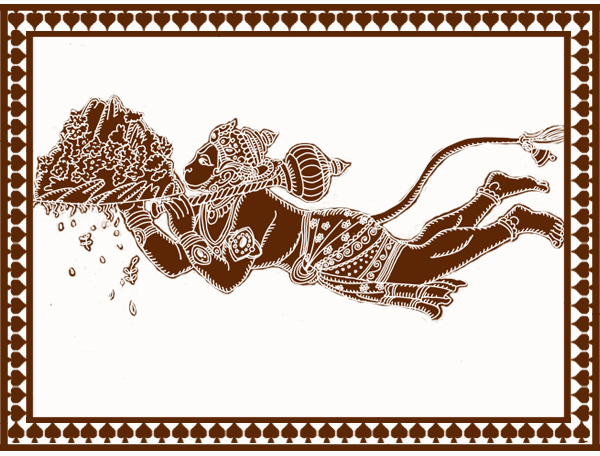
Who can forget the iconic image of Hanuman gracefully flying across the skies holding up a mountain in one hand while cradling his favourite weapon mace with the other? In the Yuddhakand of Ramayana, Valmiki describes the episode in detail. During the battle of Lanka, Lakshman was grievously wounded by Indrajit, son of Ravana. Seeing Lakshman was close to death, Jambavan the leader of bears commanded Hanuman to fetch immediately ‘Sanjivani booti’, a powerful medicinal herb that has the power to revive the dead found only on the Mahodaya or Dronagiri mountain. Hanuman leapt up and soared through the skies across a great distance to Dronagiri to fetch the life-saving herb. But having reached Dronagiri mountain Hanuman could not identify the plant Sanjivani. As he could not afford to waste time searching for the herb, he quickly tore up the whole mountain and flew back with it to Lanka.
However, there are two sides to this story that highlights how some villages adore Hanuman for bestowing gifts to them in the form of rare plants; while others fault Hanuman for ripping off their natural wealth.
There are many assumptions about the location and identity of the Dronagiri mountain in India. Some identify it as the present-day Dhauladhar range extension of Himalayas in Himachal Pradesh, near Kasauli & Dharamshala. The villagers of of the tiny hamlet of Dronagiri in Uttarakhand, identify the nearby mountain worshipped by locals to be the mythical Dronagiri mountain mentioned in the Ramayana.
The villagers of Dronagiri narrate the incident with a totally different take on the episode. The villagers are angry and refuse to forgive Hanuman for mutilating the right flank of their mountain god (Parbat Dev). As per the sthala purana of the village when Hanuman flew into the region in search of the Sanjivani plant to revive Lakshman, the villagers of Dronagiri did not reveal the identity of the magical mountain to him as it was sacred to them. But time was running out and Lakshman was near death, so Hanuman disguised himself as an old sage and begged an elderly woman in the village to help him identify the magical mountain where the herb grew. The woman took pity on the sage and being a pious woman pointed out the mountain which was thickly populated by various shrubs and trees. Hanuman then proceeded to uproot half of the mountain and carry it away along with the magic herb. The villagers were furious and punished the old woman and subsequently banished all women from the village and barred them from worshipping the mountain from then on.
Since Hanuman destroyed a part of theIr sacred mountain, the villagers of Dronagiri village refuse to keep an idol of the monkey god in their homes even today. During the annual celebration of Jagar in the village, when the spirit of the Dev Parbat (holy mountain) appears in the body of a medium (known as pashuwa) amid the chanting of prayers, the right arm of the medium, which is symbolic of the right flank of the Drongiri hill, hangs limp and lifeless till the spirit of Dev Parbat departs.
Contrary to the Dronagiri villager’s belief that Hanuman cheated them by taking away their natural wealth of the precious booti or medicinal herbs, Khasis and Jaintias, the two major communities in Meghalaya in Northeast India believe that Hanuman gifted them with some rare medicinal plants and herbs. Khasis and Jainitas belong to the Austro -Asiatic race, one of the ancient races of India. Though there is no Khasi version of Ramayana or Mahabharata, there are a few references to Hanuman, Ram and Lakshman found in the local lore among the Khasis living near the border separating India and Bangladesh.
The elders of ‘Ri War’ where Khasi hills are located recount the following tale of Ram, Lakshman and Hanuman. The land of Ri War was like the garden of Eden. Best of fruits, flowers and vegetables, varieties of potatoes, bamboo shoots, animals, birds, fish, and various medicinal herbs and plants were in abundance here. People were extremely healthy and there was no worry of sickness and death. Ancestors of Ri War say that the region has some of the best oranges and medicinal plants on the hills of Khasi because, during Hanuman’s flight carrying the mountain of herbs to save Lakhon (Lakshman), he ate some of the oranges and the seeds fell down and landed on Khasi hills. Also, many medicinal plants too dropped down and fell upon the Khasi hills. The Khasis believe that when Rama, Lakhon and Hanuman fought the battle in Lanka which was called as Lynkapuri by Ri War ancestors, many demons fled and came to the Khasi hills. The battle of Lanka in Ramayana created so much disturbance in the ocean that seawater reached up to the foothills of the land of Ri War. Rama, Lakhon and Hanuman came chasing after the demons that fled the battle and slaughtered many of them. The bones of the slaughtered demons by Rama and Lakhon turned into the sharp ridges of hills and their blood transformed into coal in Khasi and Jaintia hills, and the bones of demons killed by Hanuman turned into limestone.
There can a single story but many beliefs.
Story collected by Vidya Kamat
Source :
https://scroll.in/article/812802/the-sanjivani-quest-an-uttarakhand-village-hasnt-forgiven-hanuman-for-defacing-their-holy-mountain
Ramakatha: in Narrative, Performance and pictorial traditions. Ed by Molly Kaushal, Alok Bhalla and Ramkar Pant
Location : Pan India
Image copyright: Vidya Kamat







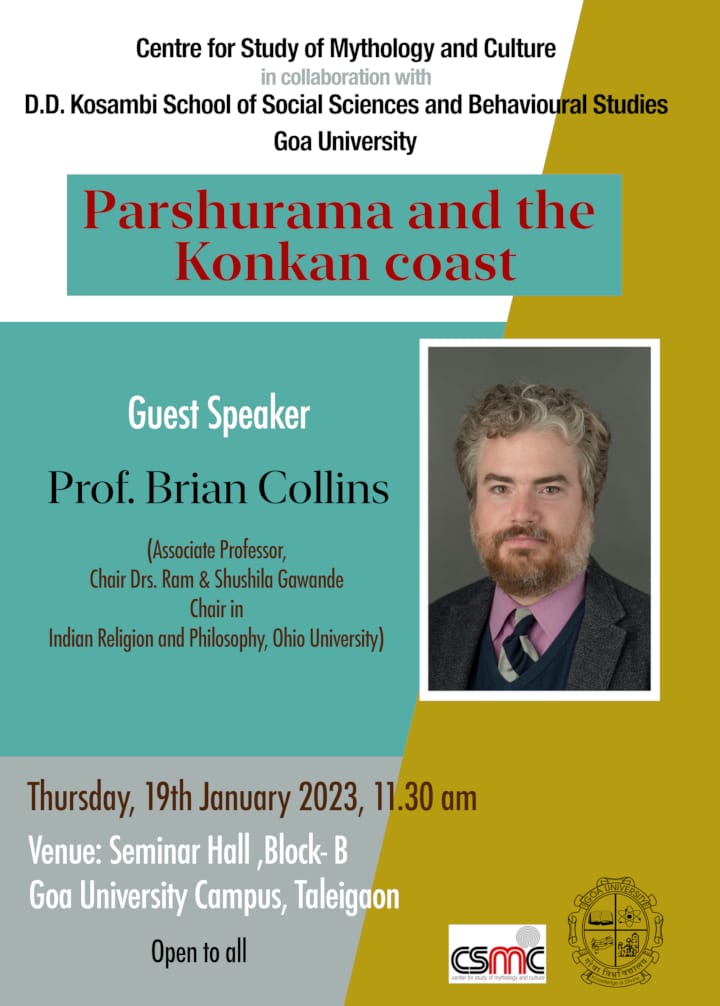
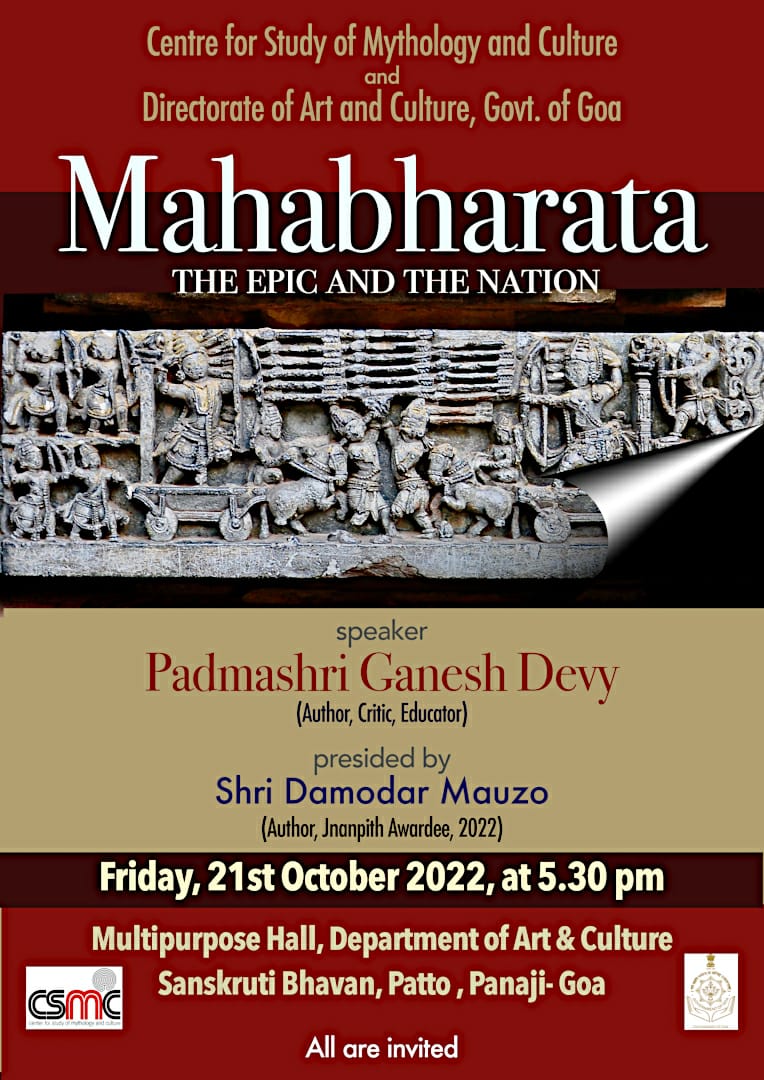
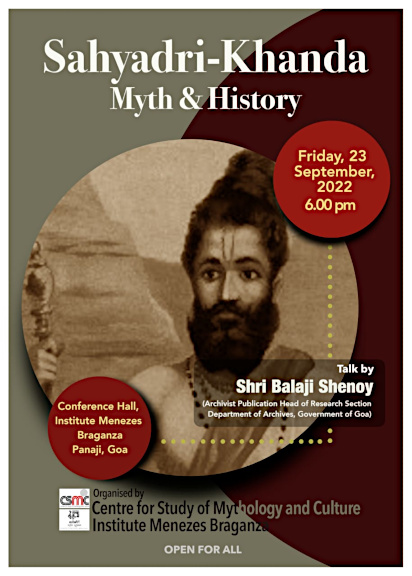
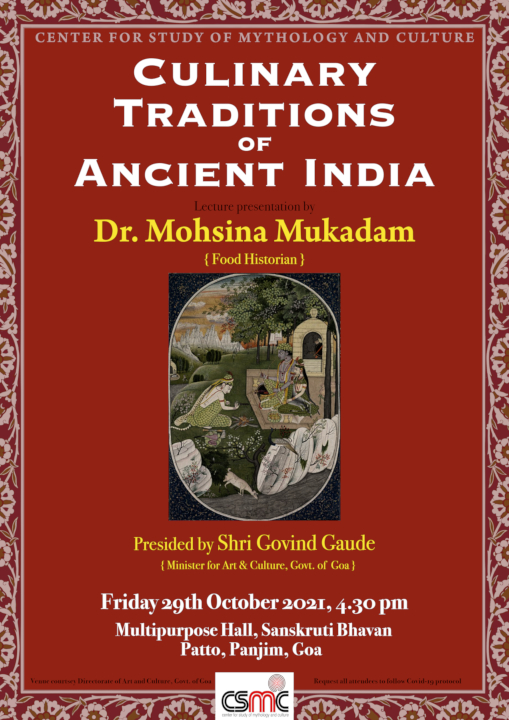

The article you mention as source does not have references to the Khase/Jaintia version. One more question: why would Hanuman deviate and go to Meghalaya side to go to Lanka? Wouldn’t that be a big detour for him?
Reference of the Khasi/Jainitia story can be found in the second footnote of Ramakatha
These are Sthala Puranas, and therefore you will find each clan claiming their role or association with Ramayana. These are strategies of inclusion and myths are not about authentic history, as I understand